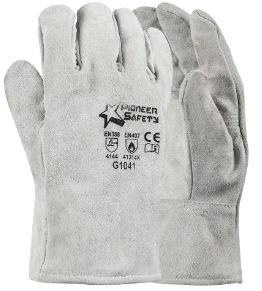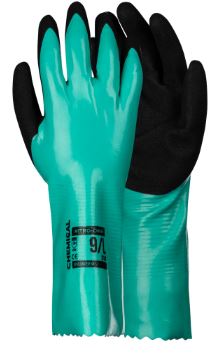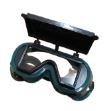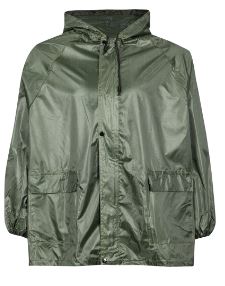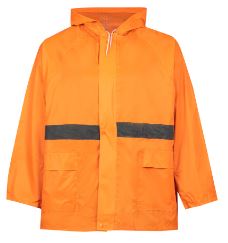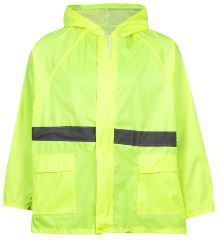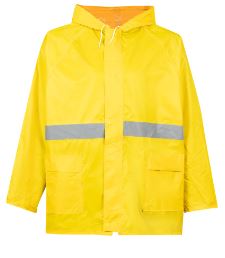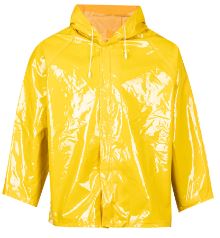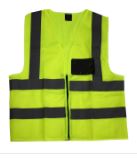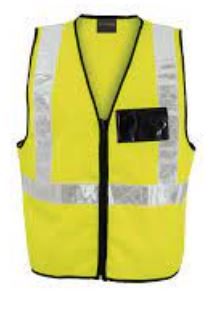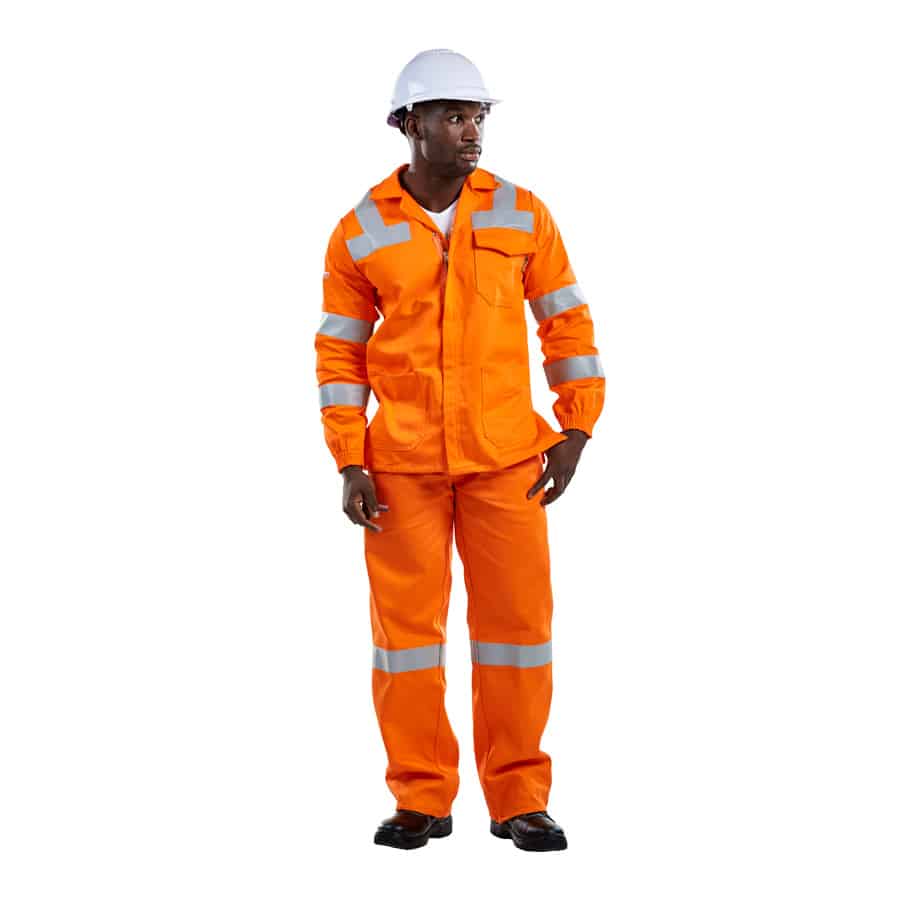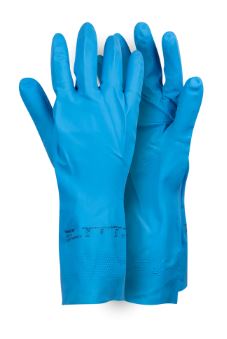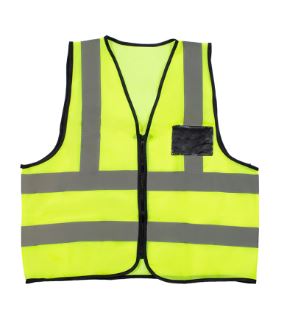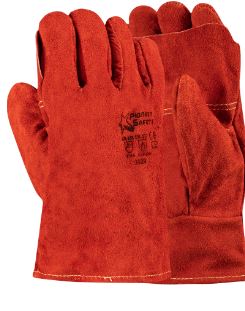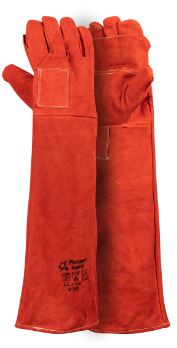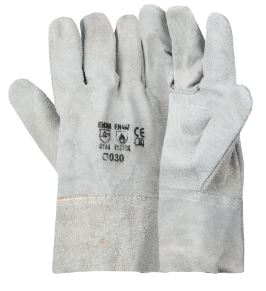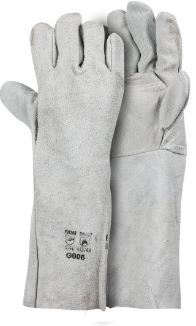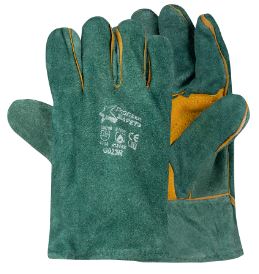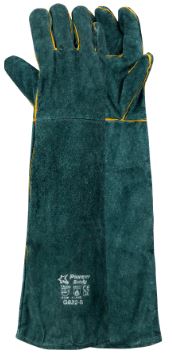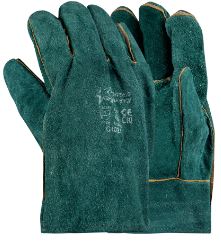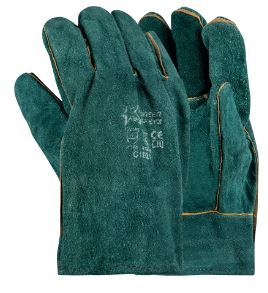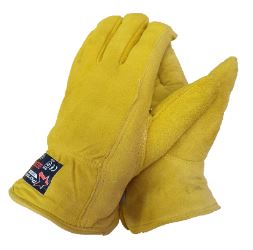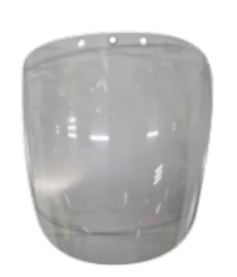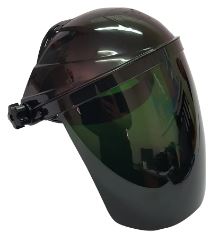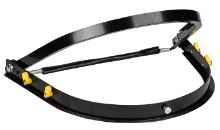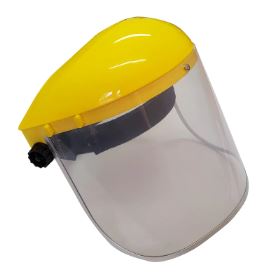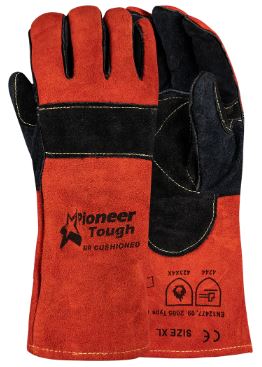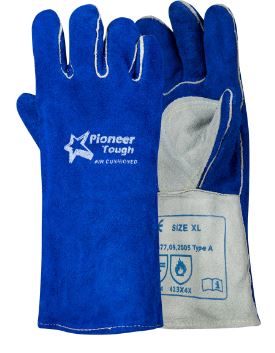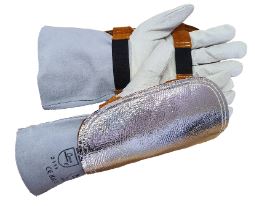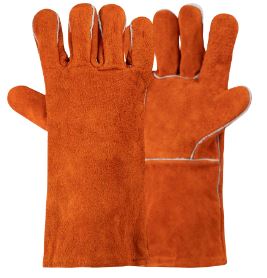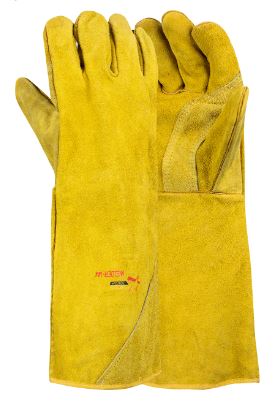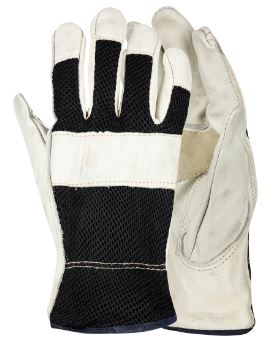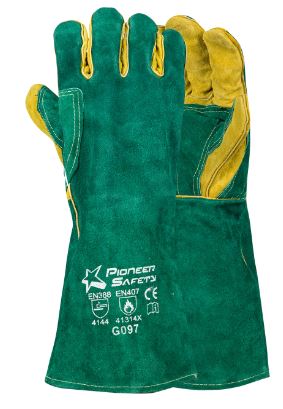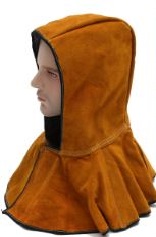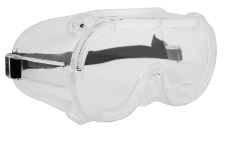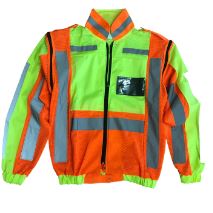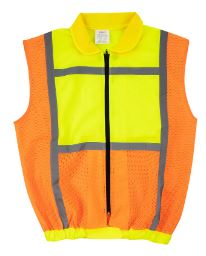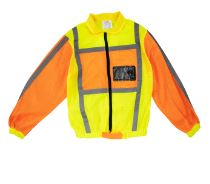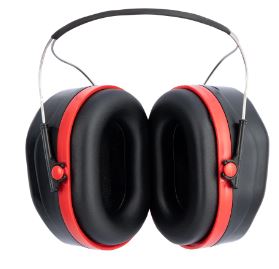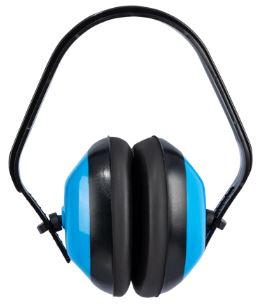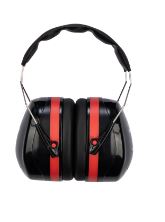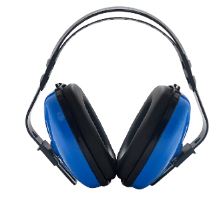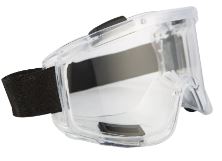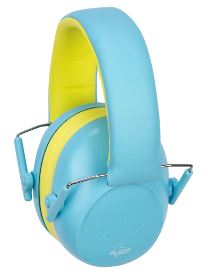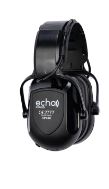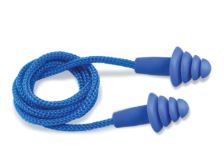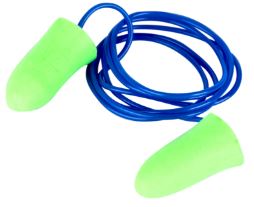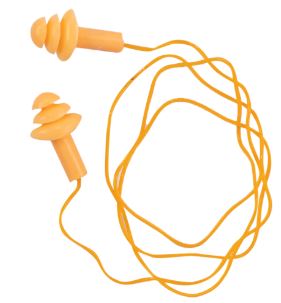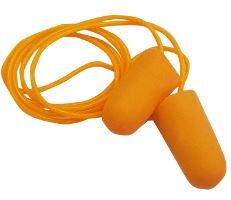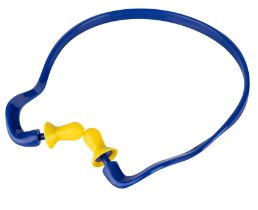
Personal Protective Equipment and Health & Safety
Personal Protective Equipment (P.P.E.) must be worn by employees that need to be protected against risks in the workplace for their personal health and safety. The types of clothing and equipment used will depend on the specific job description and what types of equipment and processes the particular staff member will be exposed to.
Provision and maintenance of P.P.E.:
The employer is responsible for paying for all P.P.E., and correct clothing (purpose and size) must be supplied to all employees. Replacement protective equipment must be readily available, and the employer is legally obliged to provide all training with regards to the proper use and maintenance of P.P.E.
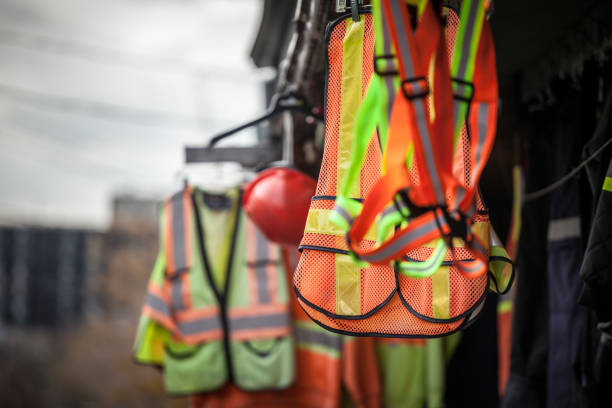

Choosing the correct PPE:
A thorough risk assessment of all work areas needs to be performed on a regular basis. This will determine the types of PPE required, based on the specific hazards identified.
Things to consider:
· Is the PPE suitable for the risk involved? For example, one can’t wear goggles if full-face protection is required.
. Does the PPE lower the overall risk? Wearing gloves, for instance, can cause increased risk of entanglement in some cases.
· Does the PPE fit the wearer correctly? For example, people who wear glasses are limited with their use of ear and face protection.
· What are the demands that will be placed on the PPE? How long will it need to be worn, what strain will it take, and are there visibility requirements?
· Is all the PPE that needs to be worn by one person compatible? For example, can earmuffs and face protection be worn together if necessary?
· Can the risk be controlled to protect everyone in the work area (such as a machine guard) instead of just clothing for one person?
· Does the PPE restrict the wearer (limited mobility and/or visibility), and is this restriction less hazardous than the risk it is meant to protect against?
What does P.P.E. include?
· Clothing such as overalls, high
visibility vests, life jackets and padded
suits. Each employee must have their
own set in the correct size.
· Respiratory protective equipment,
including masks. Tasks that usually
require this form of P.P.E. include
welding, areas with lots of dust, and
work zones that include chemical
hazards.
· Eye and face protection, for example
safety glasses and face shields. This is
to protect against splashing of
harmful liquids, flying debris, lasers,
and gases.
· Head protection with safety helmets.
These include hard hats for falling
materials, bump caps, and caps/hair
nets to protect against entanglement.
· Hearing protective devices such as
earplugs and earmuffs.
· When working at high levels, fall
arrest harnesses.
· Skin protection (gloves and fire-
resistant clothing)
· Protective footwear (safety boots and
rubber boots with steel toe guards).
These are usually required in tasks
such as construction, chemical
handling, demolition, building repair,
anywhere there is a risk of heavy
falling objects, or extreme hot or cold
environments.
· Sun and heat protection when
working outdoors (hats, sunscreen,
shaded rest areas)
· Disposable protective clothing for
working with chemical and bio-
hazards.
· Hand and arm protection. In addition
to gloves, wrist cuffs and armlets may
be required (as an example, for
protection when cutting glass).


Training on the use of P.P.E.
Whenever P.P.E. is provided, the respective employees need to be fully trained on the use of the equipment, as well as on the risks it is intended to safeguard against. Refresher training may be necessary and this is determined by regular risk assessments.
Training needs to include the following:
· The particular hazards present and
why the P.P.E. is required
· How the P.P.E. operates as well as its
limitations
· How to correctly store all P.P.E.
· The testing requirements before the
equipment is used
· Hygiene and cleaning procedures
· Factors that will have an impact on
the performance of the PPE (such as
damage)
· Manufacturer’s recommended
replacement periods and shelf lives
· Recognizing, reporting and repairing
defects
It is important to remember that the correct use of P.P.E. is highly dependent on the particular work environment involved, as well as the person wearing it. There is no “One Size Fits All” approach, and time and care must be taken to ensure that each item is fully compliant with the relevant sections of the Occupational Health and Safety Act


